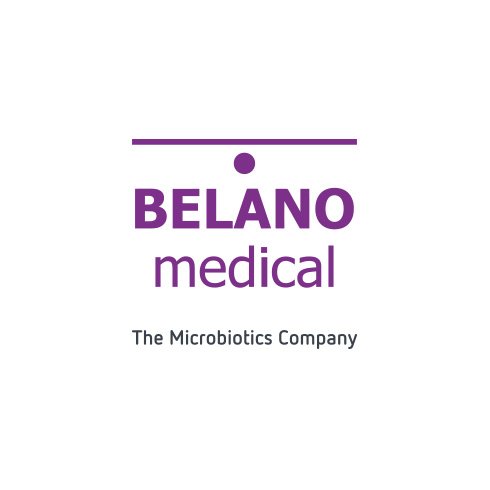The skin microbiome in health and disease

Dr. Alexander Reiprich, BELANO medical AG, Hennigsdorf, Germany
Our skin is home to millions of bacteria, fungi and viruses that compose the skin microbiota. A high degree of diversity is considered a prerequisite for stable microbiota due to complex interactions of the microbiota among each other and with the skin and immune cells. Reduced microbial diversity often goes along with disbalance and as a consequence inflammatory reactions of skin cells.
Similar to those in our gut, skin microorganisms have essential roles in the protection against invading pathogens, the education of our immune system and the breakdown of natural products. As the largest organ of the human body, skin is colonized by beneficial microorganisms and serves as a physical barrier to prevent the invasion of pathogens. In circumstances where the barrier is broken or when the balance between commensals and pathogens is disturbed, skin disease or even systemic disease can result.
Beneficial (commensal) bacteria can serve as our friends to fight off pathogens, and the targeted stimulation of commensal bacteria can be used as mechanism of action against dermatologic diseases including atopic dermatitis and acne vulgaris, the two most common dermatologic pathologies. In atopic dermatitis, Staphylococcus aureus has been identified in large quantities in affected skin areas at the cost of bacterial diversity. Specific stimulation of Staphylococcus epidermidis and other commensals has shown to reduce Staphylococcus aureus colonization and to improve skin barrier in dry and irritated skin.
In acne vulgaris, specific Staphylococcus capitis strains have been identified, which can control the growth of Cutibacterium acnes, one of the causes of chronic inflammatory acne vulgaris.
